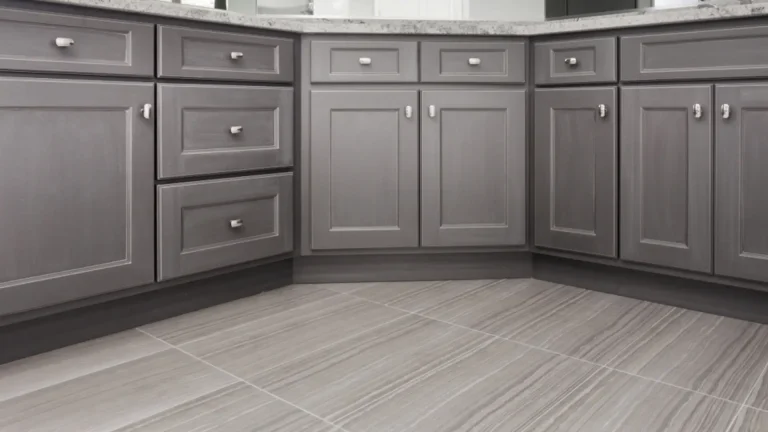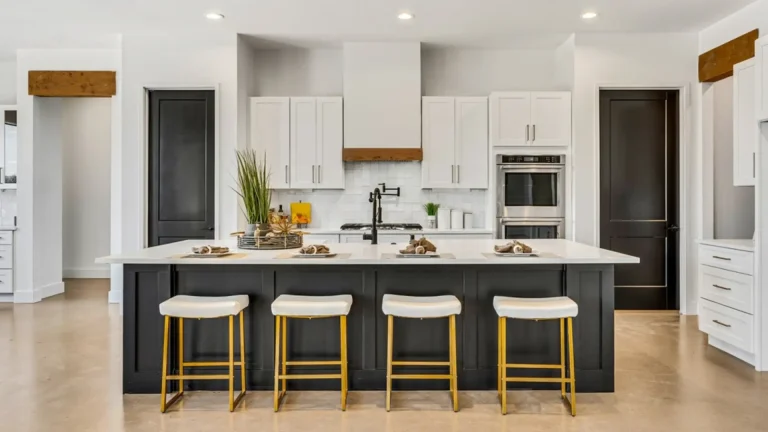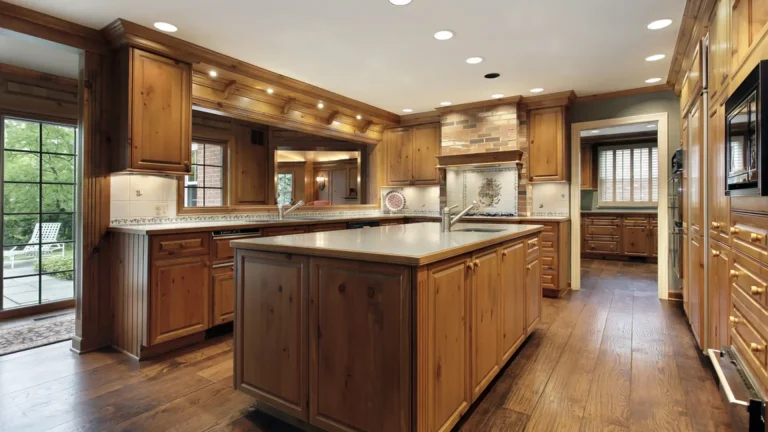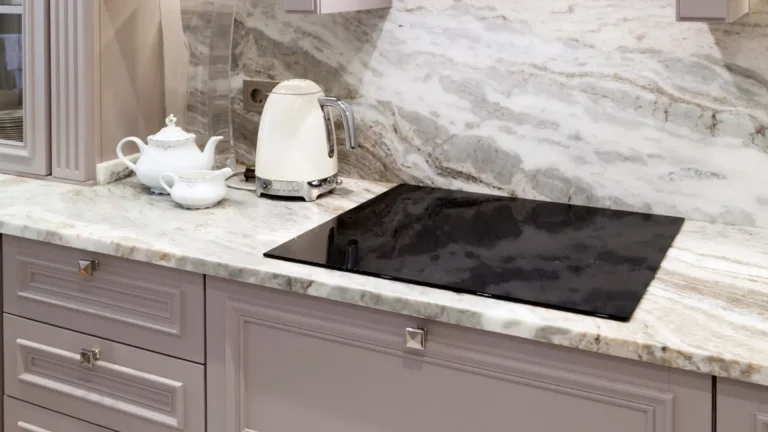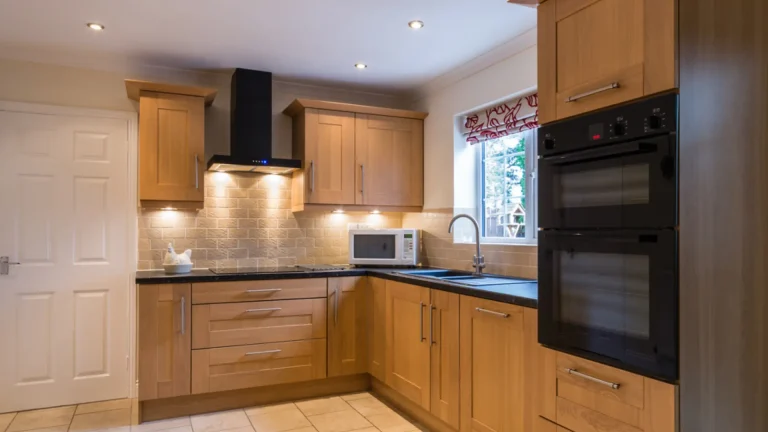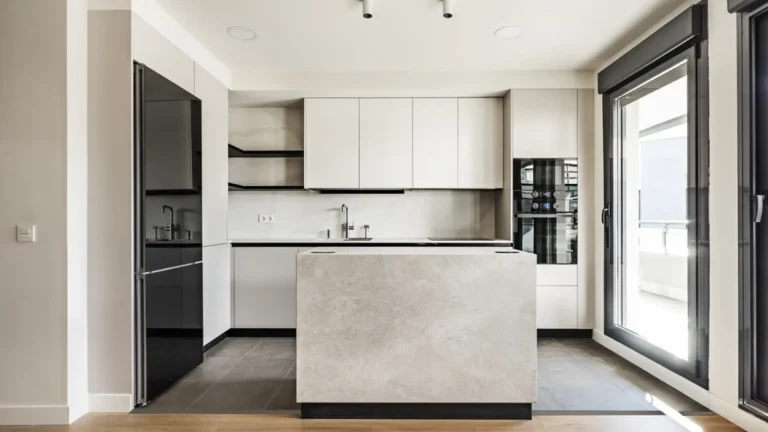Strategic Placement: Where to Put the Microwave in Your Kitchen Remodel
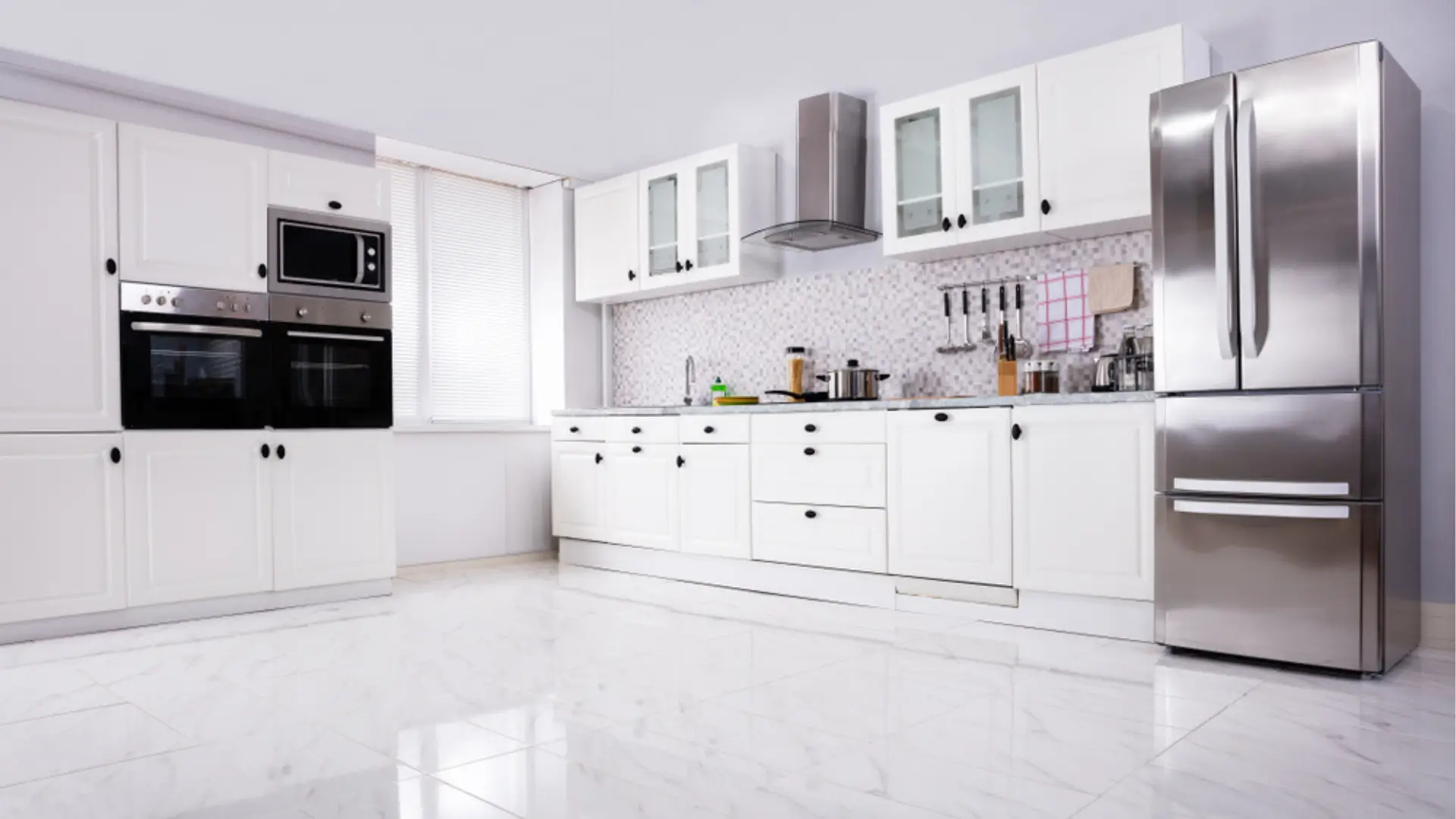
When embarking on a kitchen remodel, deciding the optimal placement for your microwave can significantly impact both the functionality and aesthetics of your space. It’s a detail that, while seemingly minor, plays a crucial role in the kitchen’s workflow and convenience. In this comprehensive guide, we’ll explore the seven best places to put the microwave in your new kitchen, ensuring that your renovation not only meets but exceeds your culinary and design expectations.
Microwaves have evolved from countertop clutter to an integral part of kitchen design, offering both functionality and style. Choosing the right spot for your microwave involves considering ease of access, kitchen layout, and your personal cooking habits. Let’s dive into the prime locations that combine convenience and elegance, transforming the way you think about microwave placement in your kitchen remodel.
7 Best Places to Put the Microwave in Your New Kitchen
Built-In Wall Cabinet Microwave
Integrating your microwave into a wall cabinet offers a sleek and uncluttered look, making it a popular choice for modern kitchens. This option elevates the microwave to eye level, providing ease of access and saving valuable counter space.
Pros:
- Creates a streamlined look.
- Saves counter space.
- Easy access at eye level.
Cons:
- Higher installation cost.
- May require custom cabinetry.
Island Under Counter Microwave Shelf
Placing your microwave on a shelf under your kitchen island is an innovative solution that keeps it accessible yet out of sight. This placement is ideal for kitchens with large islands and can help maintain the aesthetic flow of your design.
Pros:
- Convenient access without bending.
- Keeps counters clear.
- Enhances kitchen island functionality.
Cons:
- Requires a kitchen island.
- May be less visible, leading to more bending.
Under Counter Microwave Cabinet
An under-counter microwave cabinet is a smart solution for smaller kitchens. Tucked away under the countertop, it makes efficient use of space without sacrificing functionality.
Pros:
- Space-efficient.
- Keeps microwave discreet.
- Ideal for small kitchens.
Cons:
- Might require bending to access.
- Can take up valuable cabinet storage space.
Built-In Under Counter Microwave
A built-in under-counter microwave provides a custom look that can seamlessly integrate with your kitchen’s cabinetry. It’s an excellent way to save space while maintaining a high-end aesthetic.
Pros:
- Custom, integrated look.
- Space-saving.
- Easy to incorporate into existing cabinetry.
Cons:
- Higher cost for built-in models.
- May require professional installation.
Microwave Wall Oven Combo
For those who value efficiency and design, a microwave wall oven combo is an excellent choice. This setup pairs the microwave with a wall oven, offering a sophisticated look and making the best use of vertical space.
Pros:
- Efficient use of space.
- High-end, professional look.
- Convenient for multitasking in the kitchen.
Cons:
- Expensive option.
- Requires significant wall space.
Over-the-Range Venting Microwave
An over-the-range microwave serves dual purposes: it functions as a microwave and a vent hood. This placement is perfect for saving space and adding functionality above your stove.
Pros:
- Space-saving.
- Dual function as a vent hood.
- Convenient placement above the stove.
Cons:
- Can be difficult to reach for shorter individuals.
- May require professional installation for venting.
At a Drinks Station
Incorporating a microwave into a drinks station or a coffee bar area in your kitchen can add a touch of convenience for warming milk or making quick snacks.
Pros:
- Adds convenience to beverage preparation areas.
- Keeps the main cooking area less cluttered.
- Easy access for guests without entering the main cooking space.
Cons:
- May require additional space outside the main kitchen area.
- Could be less intuitive for first-time kitchen users.
5 Mistakes to Avoid When Placing the Microwave in Your Kitchen
Never Place a Microwave Too Close to the Window
Placing a microwave too close to a window can expose it to direct sunlight and extreme temperatures, potentially damaging the appliance and affecting its efficiency.
Keep a Microwave Out of a Corner Cabinet
Corner cabinets can restrict the microwave’s door access and make it awkward to use, diminishing the kitchen’s functionality and user experience.
A Microwave Against a Wall Is a Bad Idea
Positioning a microwave directly against a wall can limit the opening of the door and make it difficult to insert and remove dishes, especially larger items.
Don’t Put a Microwave Next to a Refrigerator
Placing a microwave next to a refrigerator can cause operational interference and may also clutter the space, making the kitchen feel cramped.
A Microwave Next to a Sink Is Asking for Trouble
Keeping a microwave next to a sink increases the risk of water damage and electrical hazards, especially in busy kitchens where splashes and spills are common.
FAQs
Conclusion
Choosing where to put the microwave in your kitchen remodel involves balancing functionality with aesthetics, ensuring that this essential appliance enhances your kitchen’s design and workflow. By considering one of the seven optimal locations for your microwave and avoiding common placement mistakes, you can achieve a kitchen that is not only beautiful but also highly functional. Remember, the key to a successful kitchen remodel is in the details, and the placement of your microwave is a detail that deserves thoughtful consideration.

